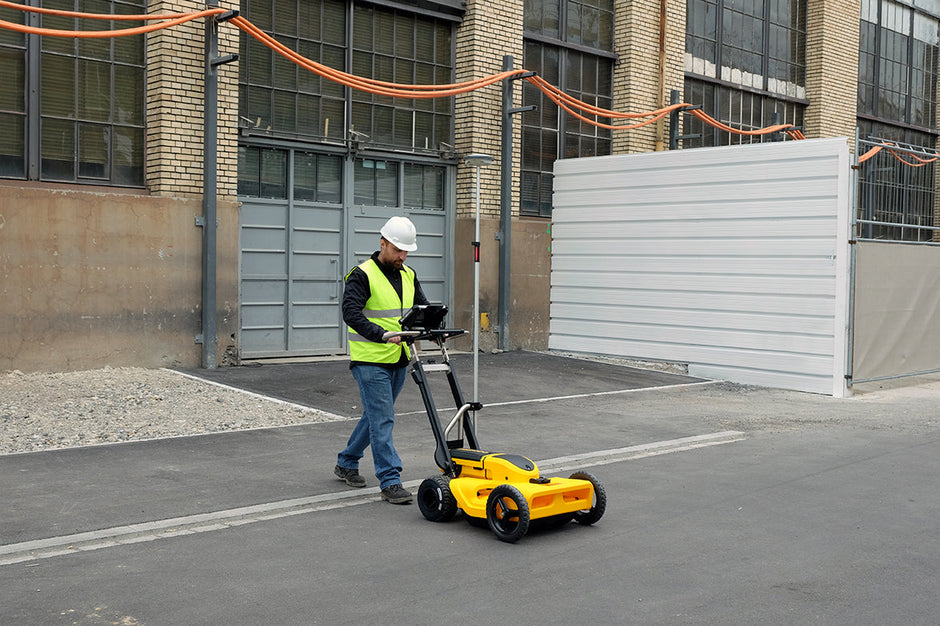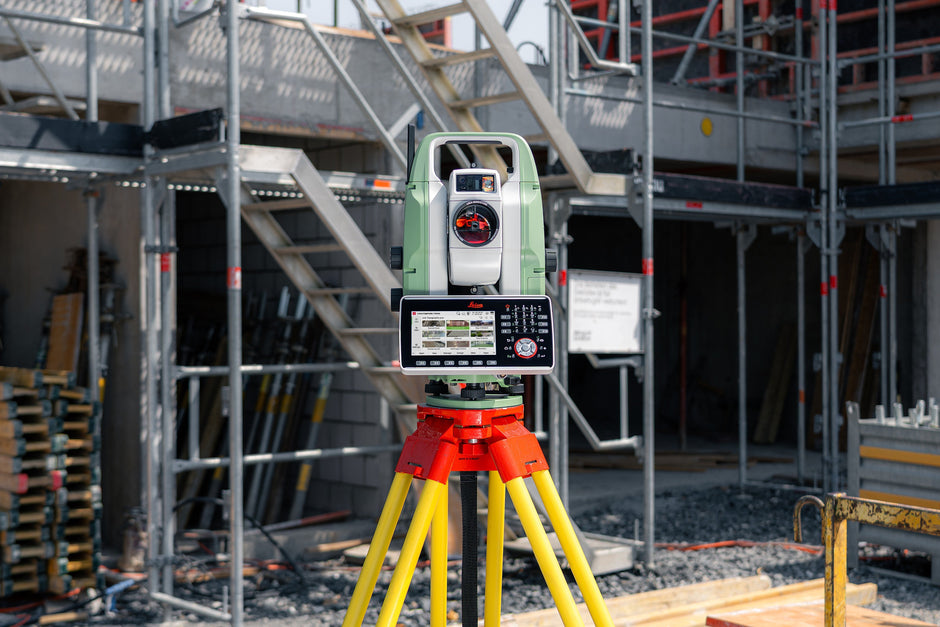Precision in Daily Instrument Work: Essential Practices for Accurate Measurements
In the world of precise measurements, ensuring accuracy is paramount. Whether surveying, engineering, or working with high-precision instruments, following best practices is crucial. Here's a guide to help you maintain and achieve the highest level of precision in your daily tasks.
Regular Instrument Checks and Adjustments
Regular checks and adjustments of your instrument are essential to guarantee the accuracy of your measurements. This involves:
- Routine Calibration: Periodically verify and adjust the instrument to remain accurate.
- High-Precision Measurements: Take high-precision measurements to detect deviations during these checks.
- Dual Face Measurement: To eliminate specific instrument errors, measure targets on two faces and average the angles.
Temperature Acclimation
Before starting work, allow your instrument to acclimate to the ambient temperature. Here's a rule of thumb: give it at least 15 minutes or approximately 2 minutes for every 20°C difference between the storage and working environment. Quick temperature changes, shocks, or stress can affect accuracy. Hence, proper acclimation helps maintain reliable performance.
Handling Instrument Errors
Even with careful manufacturing, instrument errors can arise over time. It’s advisable to check and recalibrate your instrument under the following circumstances:
- Before First Use: Ensure accuracy right from the start.
- Before High-Precision Surveys: For critical measurements, calibration is a must.
- After Rough Transportation: Long or rough transport can affect calibration.
- After Extended Use: Regular recalibration after long periods of use helps maintain accuracy.
- After Extended Storage: Instruments should be recalibrated if stored long.
- Temperature Variations: Recalibration is recommended if there’s more than a 20°C difference from the last calibration temperature.
Electronic Error Checks and Adjustments
Specific errors can be checked and adjusted electronically:
- Longitudinal and Transversal Compensator Index Errors
- Vertical Index Error Related to the Standing Axis
- Horizontal Collimation Error (Line-of-Sight Error)
- Tilting-Axis Error
- ATRplus Zero Point Error for Horizontal and Vertical Measurements
If compensator and horizontal corrections are activated in your instrument settings, it will automatically correct every angle measured during daily work. Always ensure these corrections are turned on.
Preparation for Accurate Measurements
Before you determine instrument errors:
- Level the Instrument: Use the electronic level to ensure the instrument is perfectly leveled. Ensure the tribrach, tripod, and ground are stable and free from vibrations.
- Protect from Sunlight: Direct sunlight can cause thermal warming, affecting accuracy. Aim for early morning measurements or cloudy days to minimize heat shimmer and air turbulence.
Handling ATRplus Measurements
After calibrating the ATRplus, the crosshairs may not always align precisely with the center of the prism. This is an average effect, usually due to the telescope not being precisely centered on the prism during the ATRplus measurement. These slight deviations are individually calculated and corrected electronically for each measurement. Both horizontal and vertical angles are adjusted twice: first by ATRplus errors and then by any minor deviations from current aiming.
By adhering to these practices, you can significantly enhance the accuracy of your measurements and ensure reliable results in your work. Precision is critical, and with the right approach, you’ll maintain the integrity of your measurements and the quality of your results.





